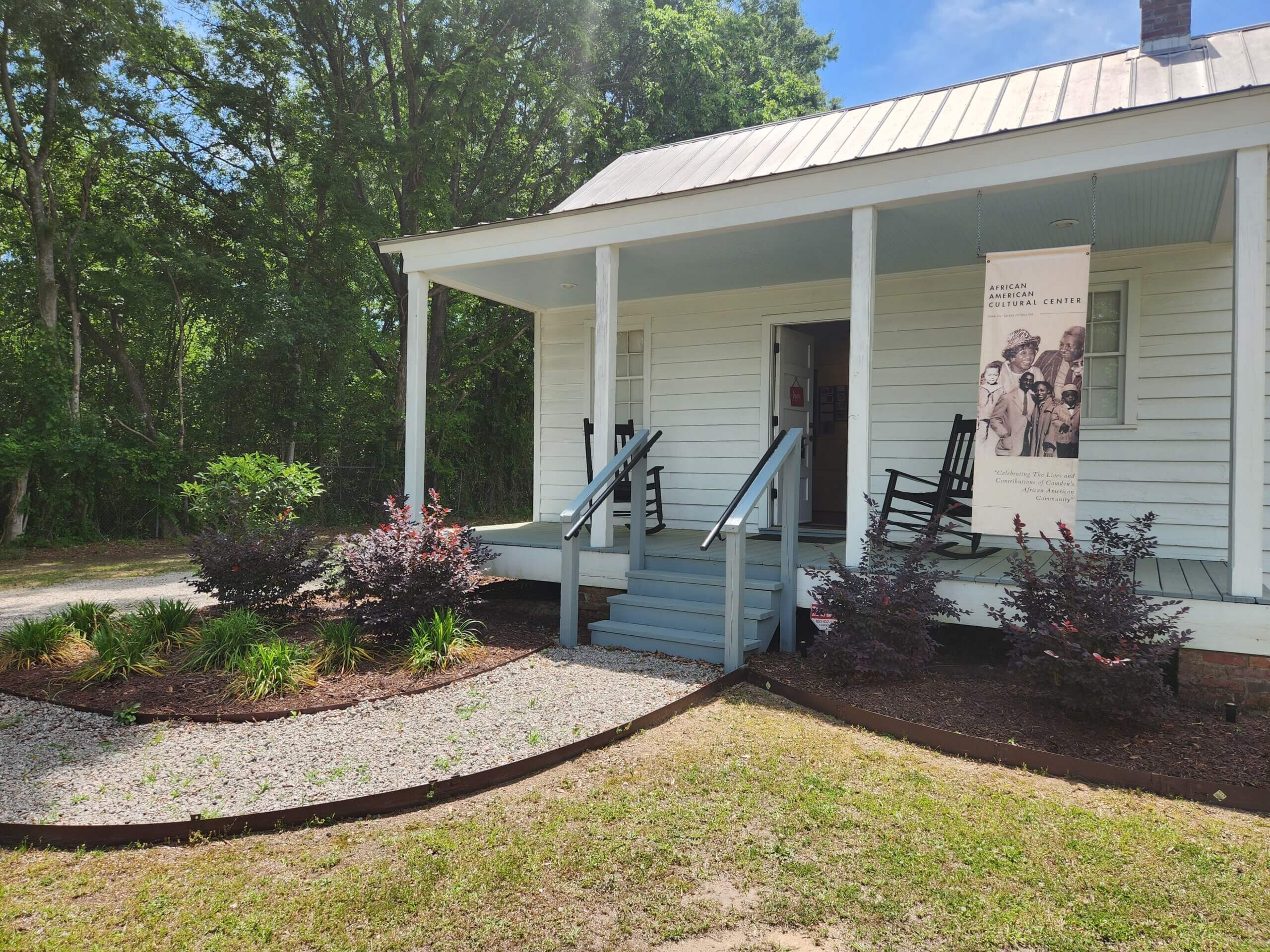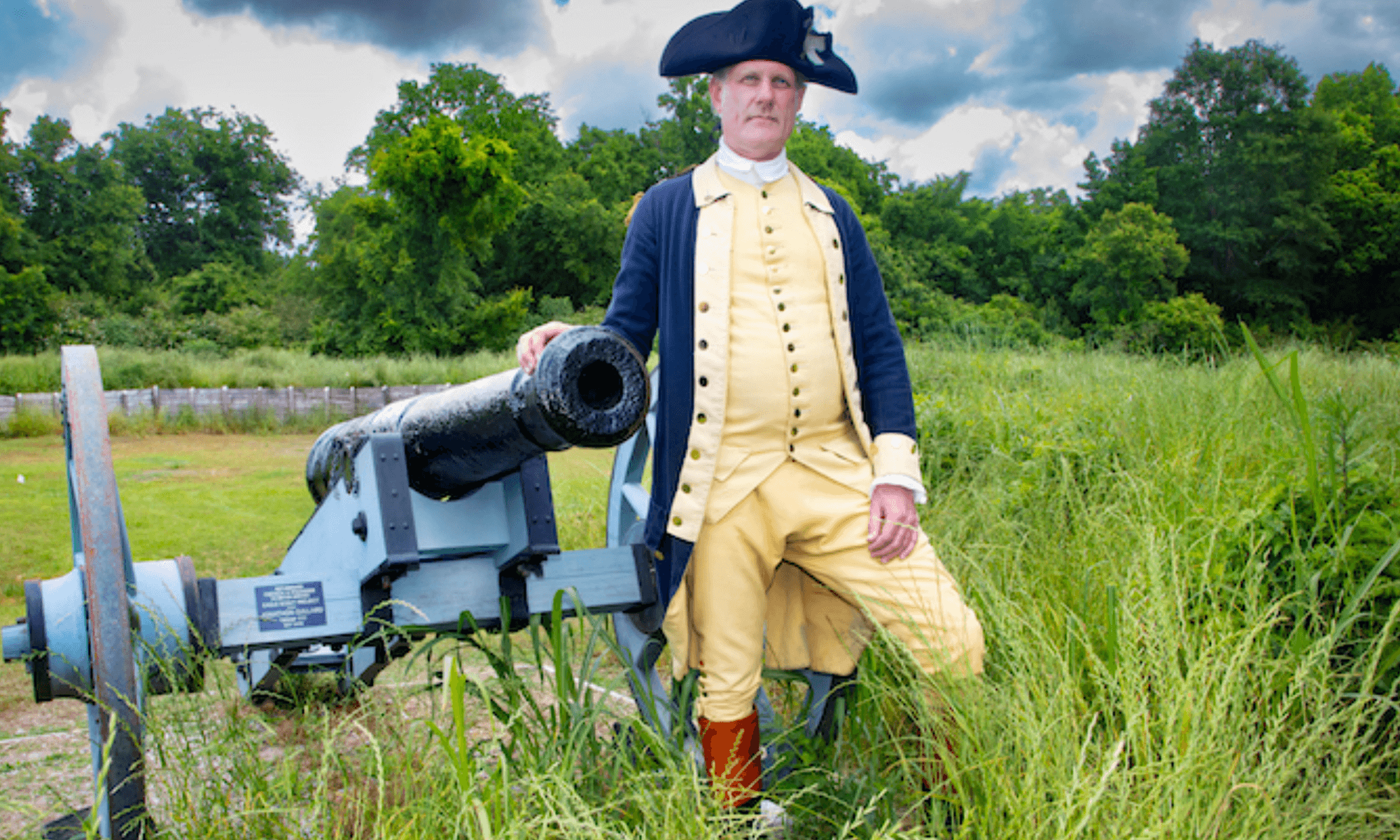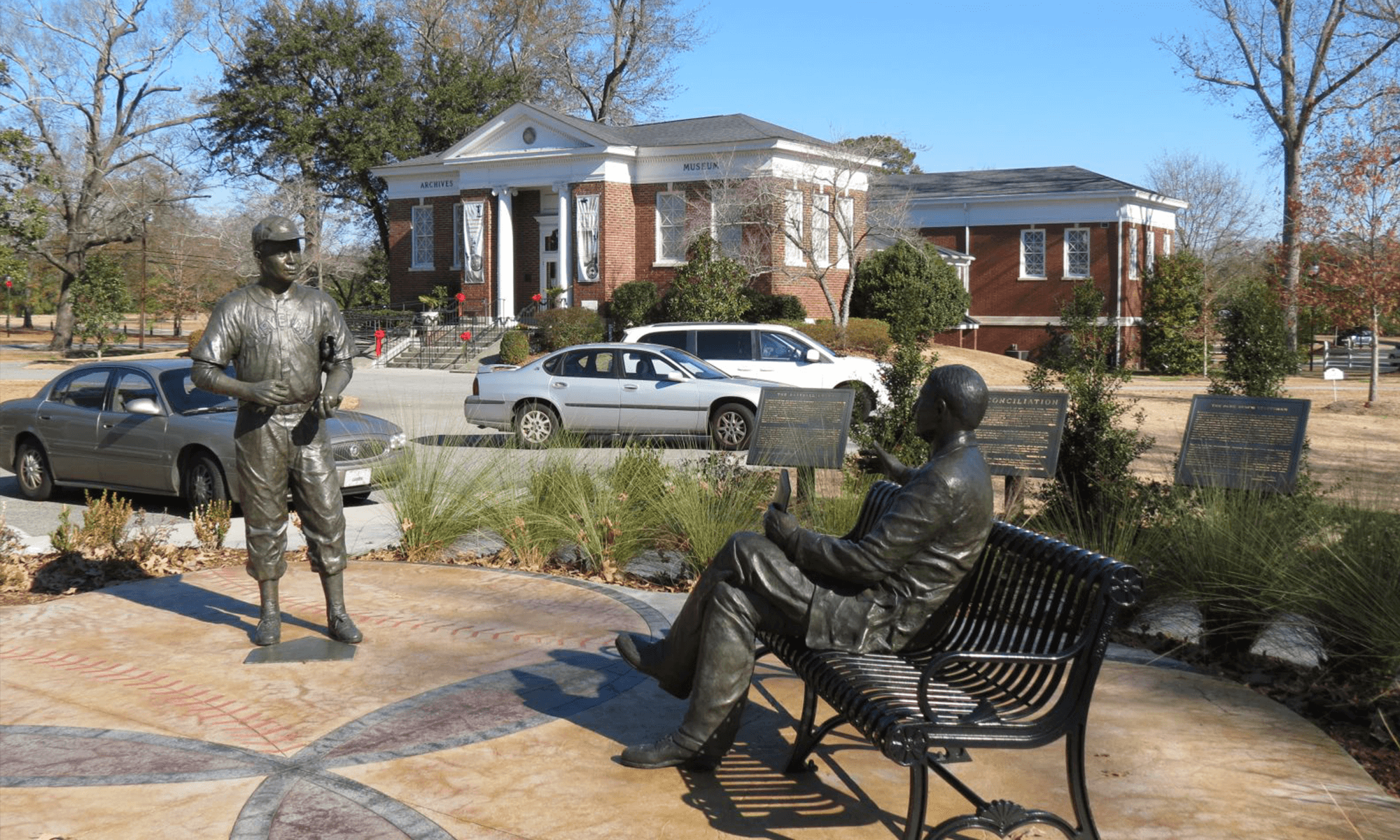African American
Cultural Center

About The Museum
Celebrating The Lives and Contributions of Camden’s African American Community
The African American Cultural Center, located at 517 York Street, is open to the public Fridays from 1:00 to 4:00 pm and Saturdays from 10:00 am to 4:00 pm.
The African American Cultural Center of Camden exhibits artifacts and documents that examine and celebrate the lives and contributions of Camden’s African American community. The Center’s exhibits relate the stories of the African American experience here in Camden.
The Center also highlights the history of Camden’s African American community with events and conversations in its “Let’s Talk About” series.
Exhibits have focused on Baseball Hall of Famer Larry Doby, the history of Campbell Street, the African American experience in World War I, and A Legacy of Skilled Labor and Entrepreneurship in Camden. Currently, a small display exhibit commemorating the life of Larry Doby resides at the Center, along with images recognizing notable African Americans from Camden and Kershaw County.
The building that currently houses the City of Camden’s African American Cultural Center has a rich history and many stories to tell. The exact date of the building’s construction is not known, but architectural details indicate that it dates back to 1880 – 1900. The house originally stood at 420 York Street, on the northeast corner of York and Market Streets.
Before 1919, owners and residents of the house were Caucasian, but that changed when Richard Harris purchased the home in 1919. Prior to buying this house, Richard and his wife Lizzie Belton had rented land, first in Fairfield County and then in Lugoff, where Richard and Lizzie both worked as sharecroppers.
By the time Richard purchased the house in 1919, the family included fourteen children. York Street was a mixed race neighborhood at the time. The 1920 census indicates that Richard worked as a waiter, possibly at the Kirkwood Hotel, one of Camden’s three hotels that catered to “winter visitors” from the North and Midwest. His three oldest daughters (Mary, Amelia, and Lily) worked as cooks.
Camden’s economy, and life for many African American residents, had started to change around 1900, by which time three major railway lines were serving this area. The railroads brought job opportunities for laborers and passenger train attendants, and visitors from the North and Midwest began making their way to Camden to spend their winters here. Thus the Hotel Era began. As Camden’s three resort hotels opened, significant employment opportunities arose, with many African Americans working in service jobs at the hotels. The thousands of seasonal visitors also supported numerous stores and businesses owned by both African American and Caucasian merchants. This period saw the rise of Camden’s African American middle class and the development of the Campbell Street Corridor as a prosperous African American neighborhood.
Although Richard Harris passed away sometime in the mid-1920s, his family retained ownership of the house for another four decades. By 1930, Richard’s widow Lizzie Harris was living in the house with one of her daughters, also named Lizzie, and two of her sons, Frank and George. But, like many African Americans in the 1940s, Frank ultimately moved north for better economic opportunities. He and at least three of his sisters (Mary, Amelia, and Hettie) left Camden for Detroit. The youngest daughter Elizabeth moved to Manhattan, NY.
Lizzie Harris passed away on December 21, 1960 and lies buried at Cedars Cemetery, on Campbell Street here in Camden. The Harris home was sold to W. Bratton deLoach by Lizzie’s estate in 1962, where it had various owners until 2006, when the Price House Commission purchased it from the Life of the Word Ministries, located on the southwest corner of York and Market Streets. Shortly thereafter, the house was moved to its present location and was extensively renovated. Between 2007 and 2010, it was placed on a new foundation of brick piers; a new roof and new flooring were installed, and the chimney was replaced. The front porch was rebuilt, and all of the plumbing, mechanical, and electrical fixtures were replaced. In addition, the windows were rebuilt, and new exterior doors and hardware were installed. The Price House Commission used the home as an African American History Museum until the City of Camden opened the African American Cultural Center in February 2018.
HOURS:
Saturday 10am-4pm
By Appointment – please call 803-425-6050
Major holidays: Closed
ADMISSION: Free
LOCATION:
517 York Street, Camden, SC
(803) 425-6174 or (803) 425-6050
Want More?
Want to go even deeper into Camden’s Museum Scene?
Here are some additional opportunities to round out your visit.
Revolutionary War Park and Historic Camden
One of the most significant attractions in South Carolina, Historic Camden’s Revolutionary War Park serves as the gateway to the Southern Campaign of the American Revolution and the Liberty Trail in South Carolina. The 110-acre park includes the Historic Camden Colonial Village, nature trails, historic homes and self-directed/guided tours to help you immerse yourself in Colonial South Carolina.
National Steeplechase Museum
There’s a reason Camden is called the “Steeplechase Capital of the World”. For a first-class, one of a kind experience, a visit and tour of Camden’s National Steeplechase Museum is essential. Here you will step into the world of steeplechase racing and learn about the incredible athletes – the breeders, jockeys and horses that have made glorious contributions to one of America’s grandest sports.
Camden Archives & Museum
Learn about the people and stories that shaped our community at the Camden Archives & Museum. With its extensive and diverse collection of artifacts, local historical and genealogical records, the Archives is recognized as one of the finest genealogical research facilities in South Carolina.



